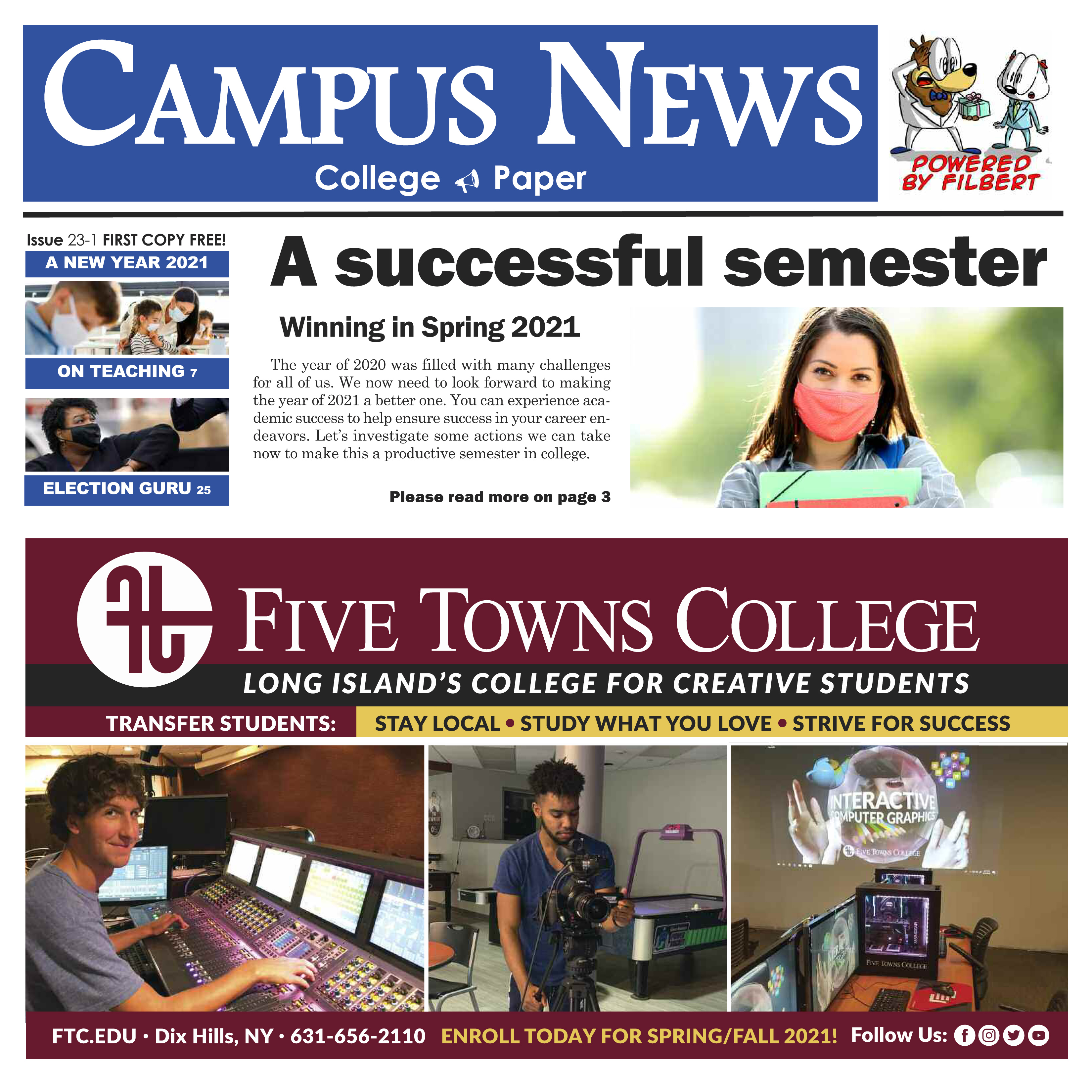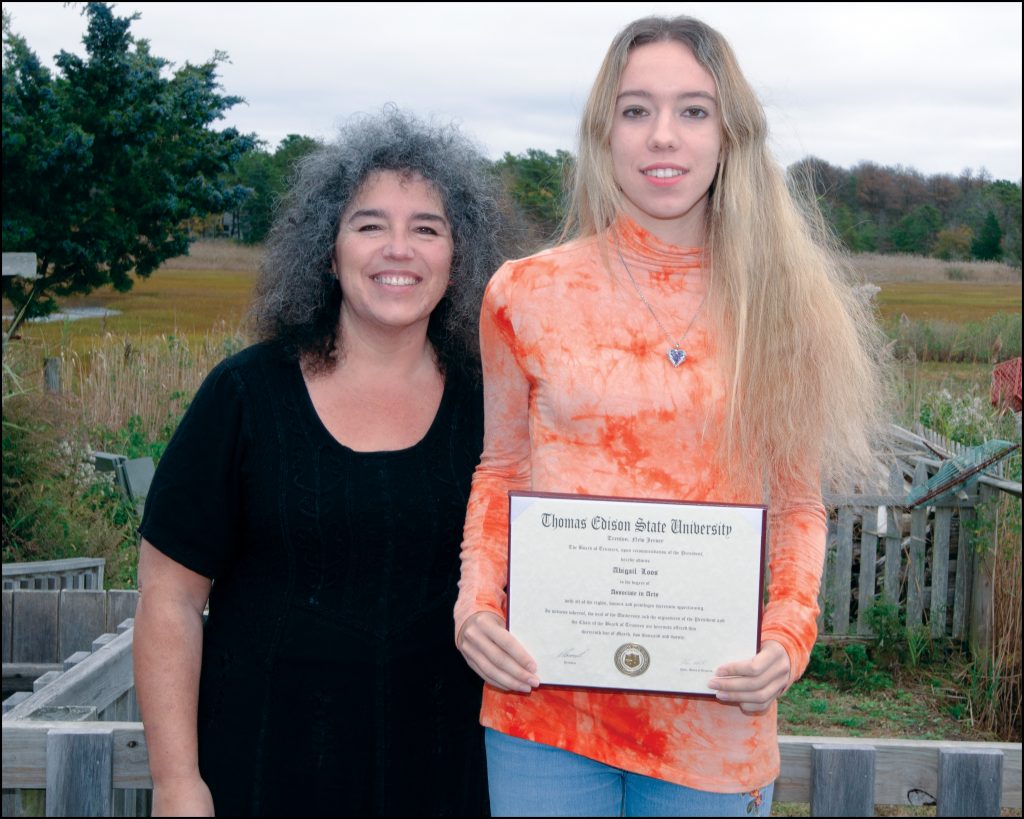By Telijah Patterson
Campus News
When remote learning was hoisted upon us last semester many of us bemoaned that it was inferior to in-person learning, perhaps because we had no choice in the matter. However, studies show that online learning can be at least as effective as in-person learning. Considering that the future of the job market is virtual, there are some upsides to learning how to navigate remote learning. In the same way that the pandemic spurred on innovation in improving N95 masks and other PPE, I believe that the traditional approach to remote learning is outdated and can be improved upon in a way that rivals in-person learning and fills the need for connection in students.
There are a few benefits to remote learning. For example, it cuts commute times and may help students save money on transportation. In addition, since remote learning can be done anywhere, many students have taken this opportunity to live in a different state or country where they can hunker down while also being able to enjoy a new environment even learn a new language, sometimes one where the cost of living is far more affordable than the city or town their college is located in.
Many colleges have shown their willingness and readiness to help students succeed during this very unusual academic year ensuring that most courses can be taken remotely and requiring all students to complete a survey to assess what student needs are. Although many feel these accommodations still fell short of the type of support students need, it’s still a start. Perfection is a goal, but we cannot expect it as individuals and systems within academia continue to adjust during this period of turbulent transition. We can however improve upon structures in place in this new era of virtual learning.

Suggestions
Members of the scholar community are incredibly adroit. There should be a collaborative effort across institutions to tap into this vast pool of talent by hosting a virtual ideathon to elicit creative solutions that address the challenges of social life at this time. Students can enter as individuals or in teams. Working on a bigger project together may promote feelings of connectedness and foster a sense of being heard.
Some students have returned to study on campus because they don’t have access to adequate Wi-Fi, printing services, or a quiet place to study. Given the plethora of empty office spaces around the country, along with each institution’s strong ties to notable alum turned real estate moguls, colleges should consider setting up co-working spaces in key cities. Doing so would make students feel like they have a piece of the college experience back and that their high price of attendance is worth it, strengthen ties with local communities through economic investment; aid recruitment efforts by publicizing the college’s brand; support alum working remotely who need an office space away from home, and create opportunities for students to network with alum and make vital professional connections during these volatile economic times. Protocols could be put in place to keep everyone safe and reduce risk such as setting up co-working spaces in outside tents when the weather permits and only using indoor spaces when absolutely necessary. When available, free on-site testing, such as Yale University’s rapid and inexpensive FDA approved COVID-19 saliva test, could be offered as an entry ticket and a perk to ensure the health and safety of all.
Alternatively, some students have established their own “collab pods,” wherein they form a bubble and rent a large house in a picturesque location to live and study remotely. This gives students a sense of autonomy and independence, which can support good mental health. It’s also appealing due to cost-savings. It would be difficult for man educational institutions to fully endorse such living arrangements considering the liabilities they may incur, but support should be offered to such groups. Colleges should send these groups suggested guidelines for keeping everyone in the pod safe, a list of resources should someone fall ill, and perhaps vouchers to get free testing in their area or even at-home testing kits.
Colleges should help students identify other students and alum in the same region. Regions can be divided into time zones, states, countries, cities or neighborhoods within cities for colleges where most students live in the surrounding area. Doing so will give students the opportunity to expand their social network outside of those they take remote classes with, similar to the way in which students tend to socialize with those outside of their classes in-person. Another advantage is that it may help students form virtual study groups. For many students, remote learning is difficult because it requires a greater level of self-discipline, but virtual study groups can create a sense of accountability. During the summer I moderated a study group and many of the participants said it was helpful.
Colleges should embrace technology such as Facebook Portal and Virtual Reality to make remote learning more interactive. Many students use their laptops to attend synchronous classes, but I’ve found that hooking my laptop up to my TV and using the TV screen as my monitor is far more engaging than staring into a laptop all day. It also provides the psychological separation between class time and study time. A mini projector, many which only cost about $50, and a bedroom or living room wall, can serve the same purpose.
Where resources are available, colleges should consider sending students care packages with study support such as air cushions, blue light blocker, ergonomic desk support like laptop holders so that students can either sit and work or stand and work, audio headsets, or simple green screens made of laminated poster board for Zoom backgrounds.
Giving Students access to free printing and shipping services at Fed-Ex or UPS or setting up an in-house printing service where a student can either pickup or be mailed prints they need for classes can help support resource strapped students who may not have printing capabilities at home.
Many students struggle with discipline and self-regulation. My college has a robust Academic Coaching program, which has been indispensable to my success both before and especially now during the pandemic; it pairs high achieving students with excellent organizational and time management skills with students who may need some extra support. The peer academic coach can be a source of accountability for students, help them manage their schedule, and give them guidance on how to communicate with professors when issues arise.
Where Academic coaches are limited, there could be group academic coaching which may serve to not only keep students feeling accountable, but also provide feelings of camaraderie and companionship as each group works to achieve the common goal of completing the course satisfactorily.
Conclusion
History is filled with examples of using bad times to evolve into something better and propel ourselves forward. This day and age is no different. As we anxiously await a return to typical in-person classes, we can proactively make the best of this situation. By doing so, we can position ourselves as leaders, and keep educational institutions at the forefront of innovation.
 Telijah Patterson attends Brown University, pursing a degree in Computer Science. She previous lived in Queens and attended LaGuardia Community College.
Telijah Patterson attends Brown University, pursing a degree in Computer Science. She previous lived in Queens and attended LaGuardia Community College.





Facebook Comments